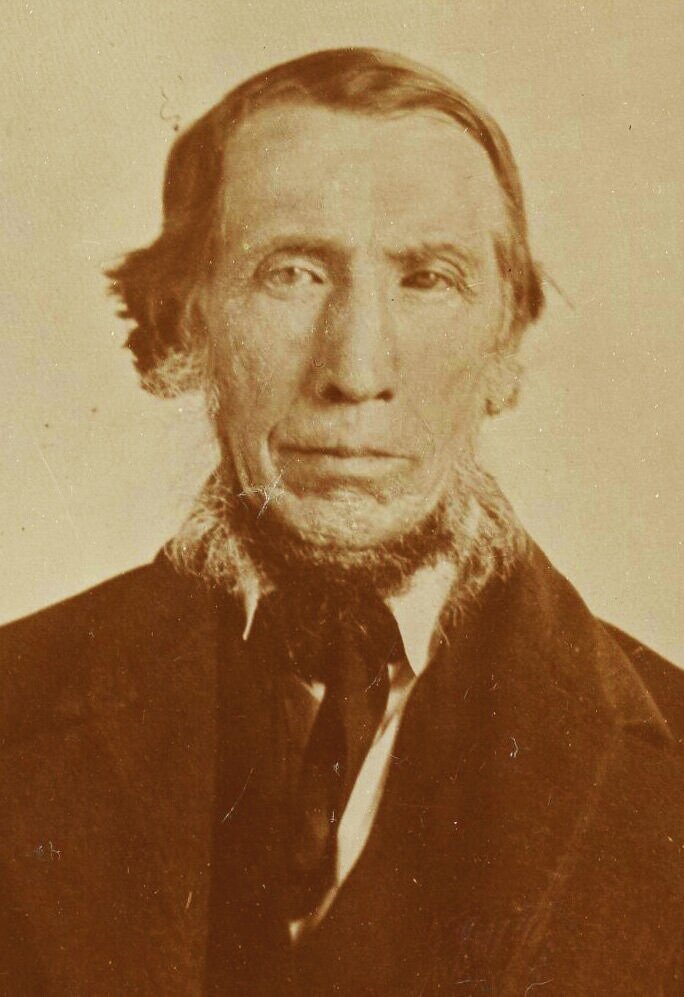The Forstner Sisters
Forstner Family
About the Forstner Family
Members of the Forstner family emigrated from Württemberg, Germany to America and joined the Harmony Society in Pennsylvania in 1805. Several of the Forstners were among the dissidents who left George Rapp’s colony in 1832 and settled at Phillipsburg.
Many of the Forstners joined William Keil at Bethel, Missouri and took the Oregon Trail to Aurora. Inventive and creative streaks appear in several of the Forstners, and the family is generally credited with being key members of Keil’s colony.
Forstners of Interest & Descendants
Jonas Forstner made some of the Colony spinning wheels. His cousin Benjamin invented and eventually patented the “Forstner bit” that is still used in woodworking today. Triphena Forstner Will and her sisters Catherine and Elizabeth were extraordinary seamstresses. Those women made some of the Aurora Colony’s most beautiful quilts.
Perhaps the best-known descendant is Eugene Snyder, an author of many books including Aurora: Their Last Utopia, Oregon’s Christian Commune. This book provides a general history of the Colony and more specific information about the Forstners.
Quotes and Stories
Due to illness, Jonas Forstner was unable to accompany many of his relatives across the Oregon Trail to Oregon. His surviving letters, part of the museum collection, describe his loneliness and the impact that the migrations had on those left behind in Bethel.
According to Michael Kasha, Benjamin Forstner “understood that the circular band perimeter served to guide his bit for boring, and that the horizontal plane cutters did the main work of removing wood. He particularly singled out the elimination of the central spur.” Benjamin left the Colony in 1865 and worked as a gunsmith in Salem, Oregon until his death in 1897.







